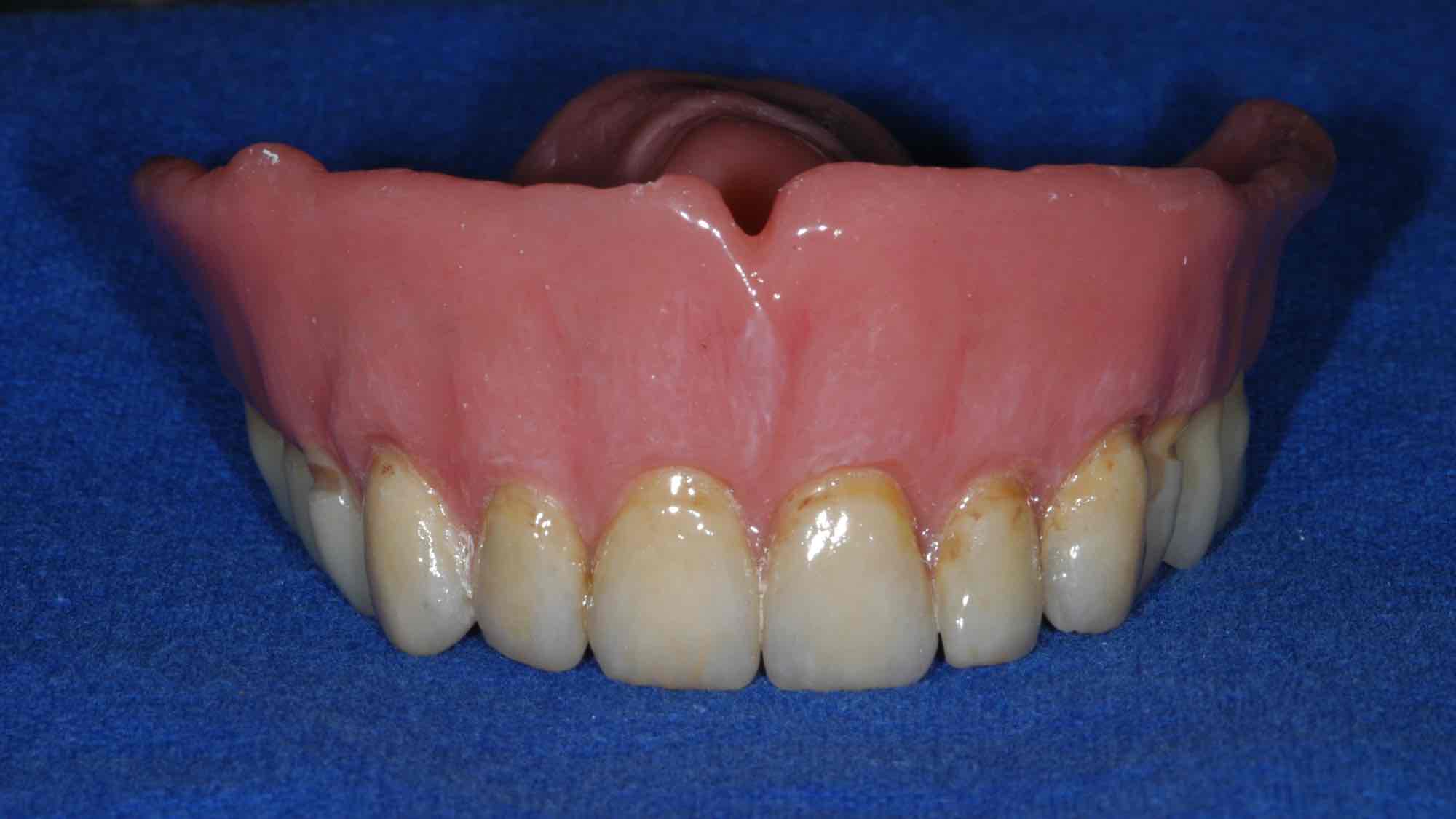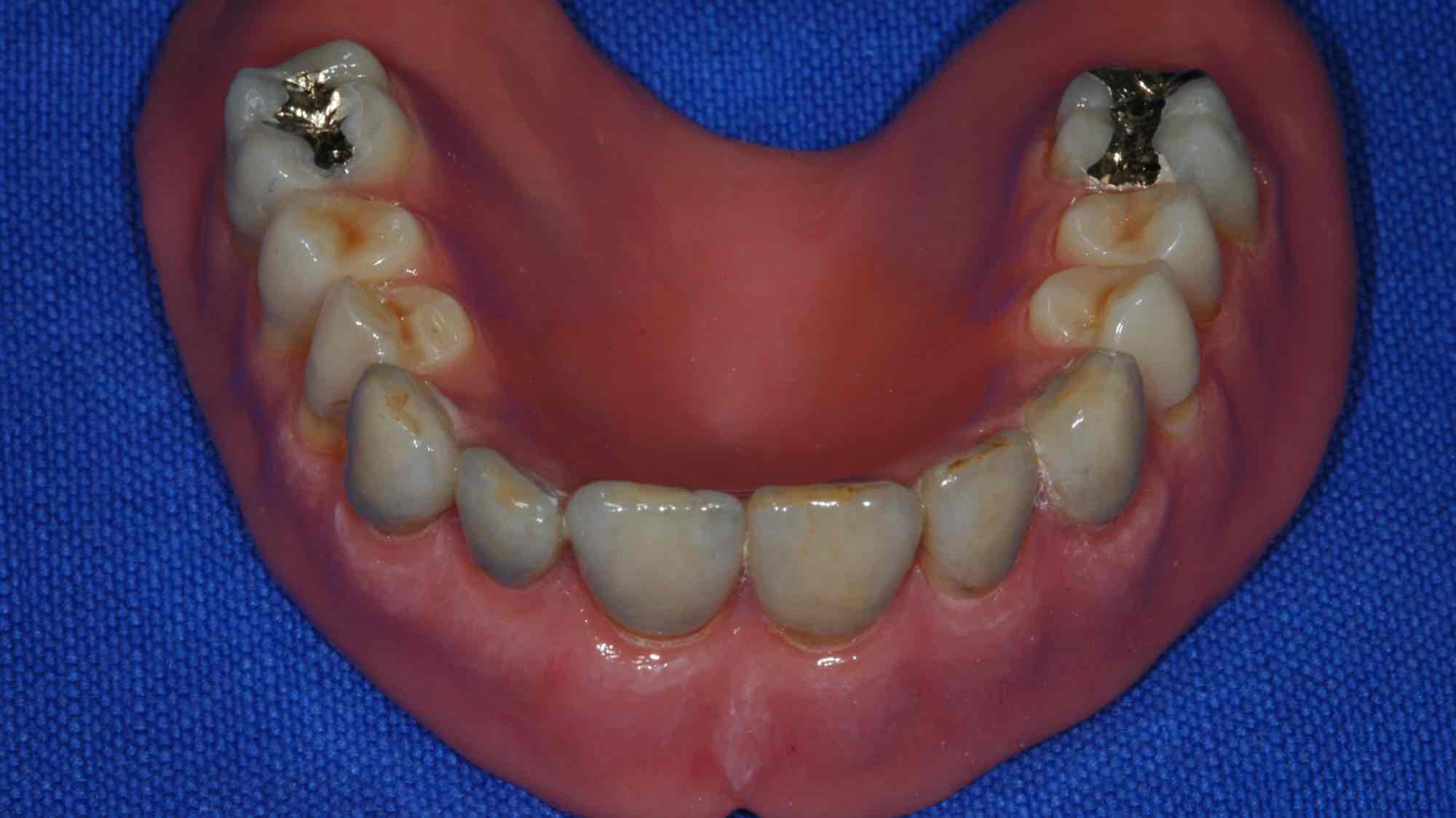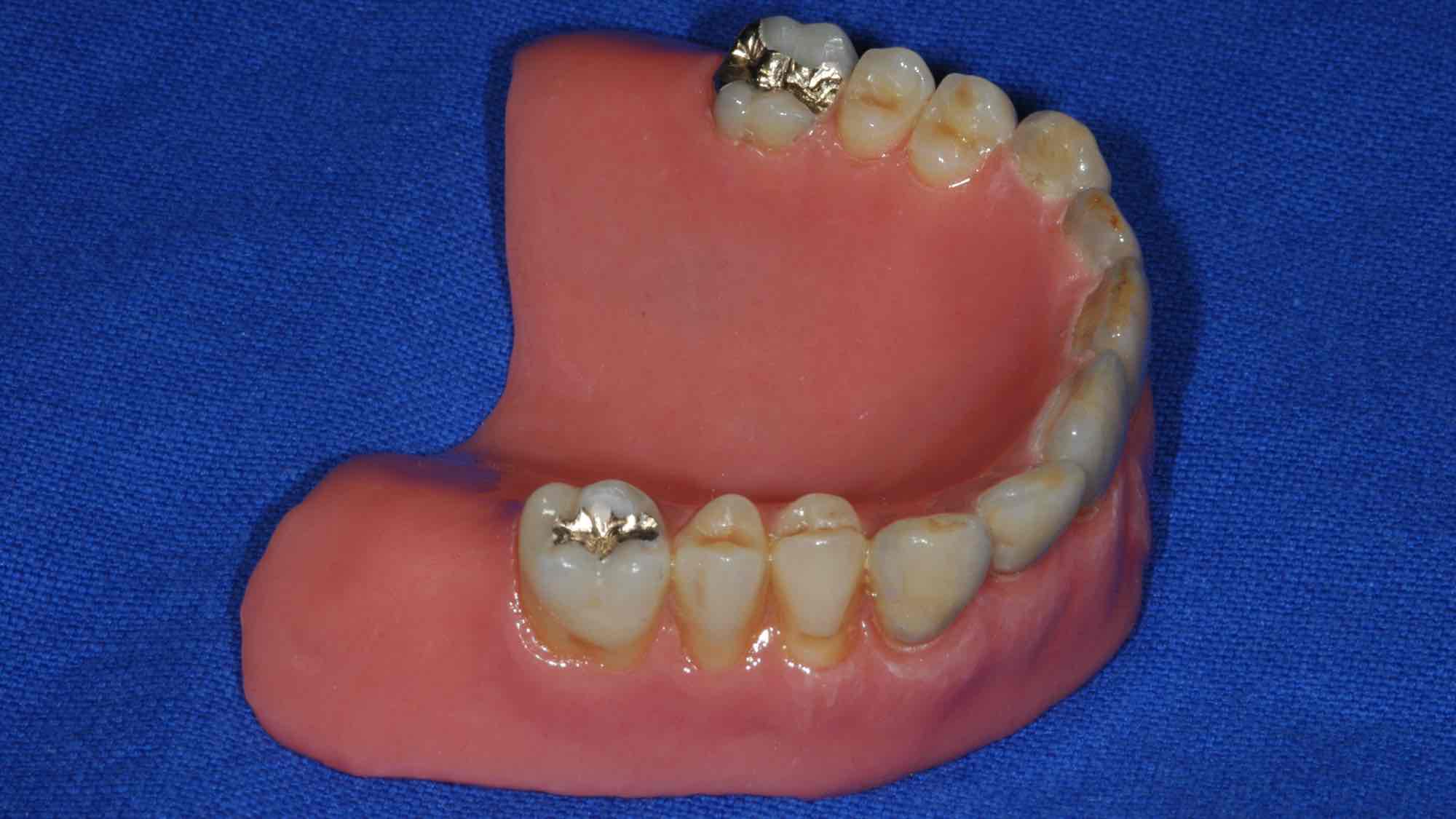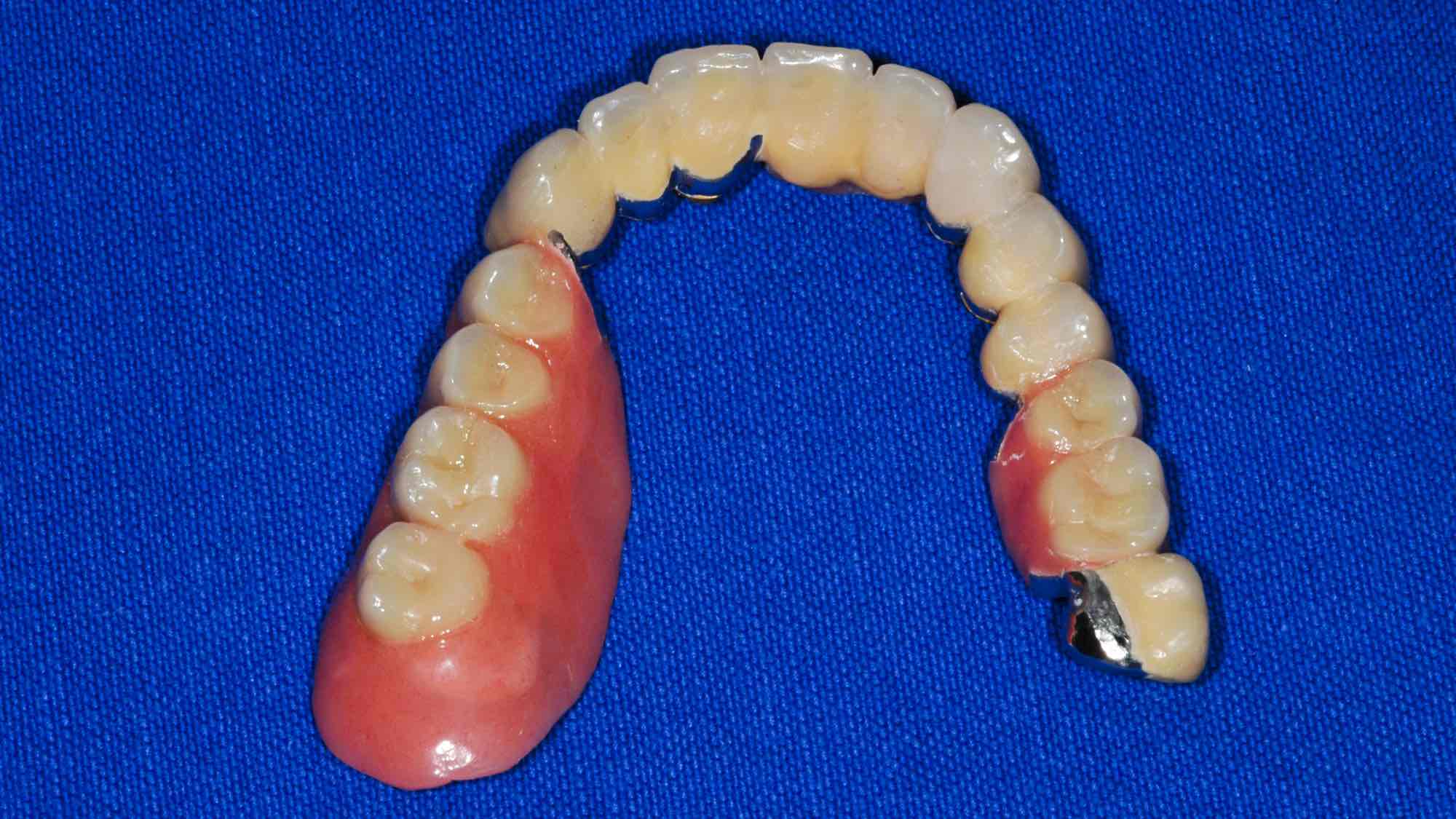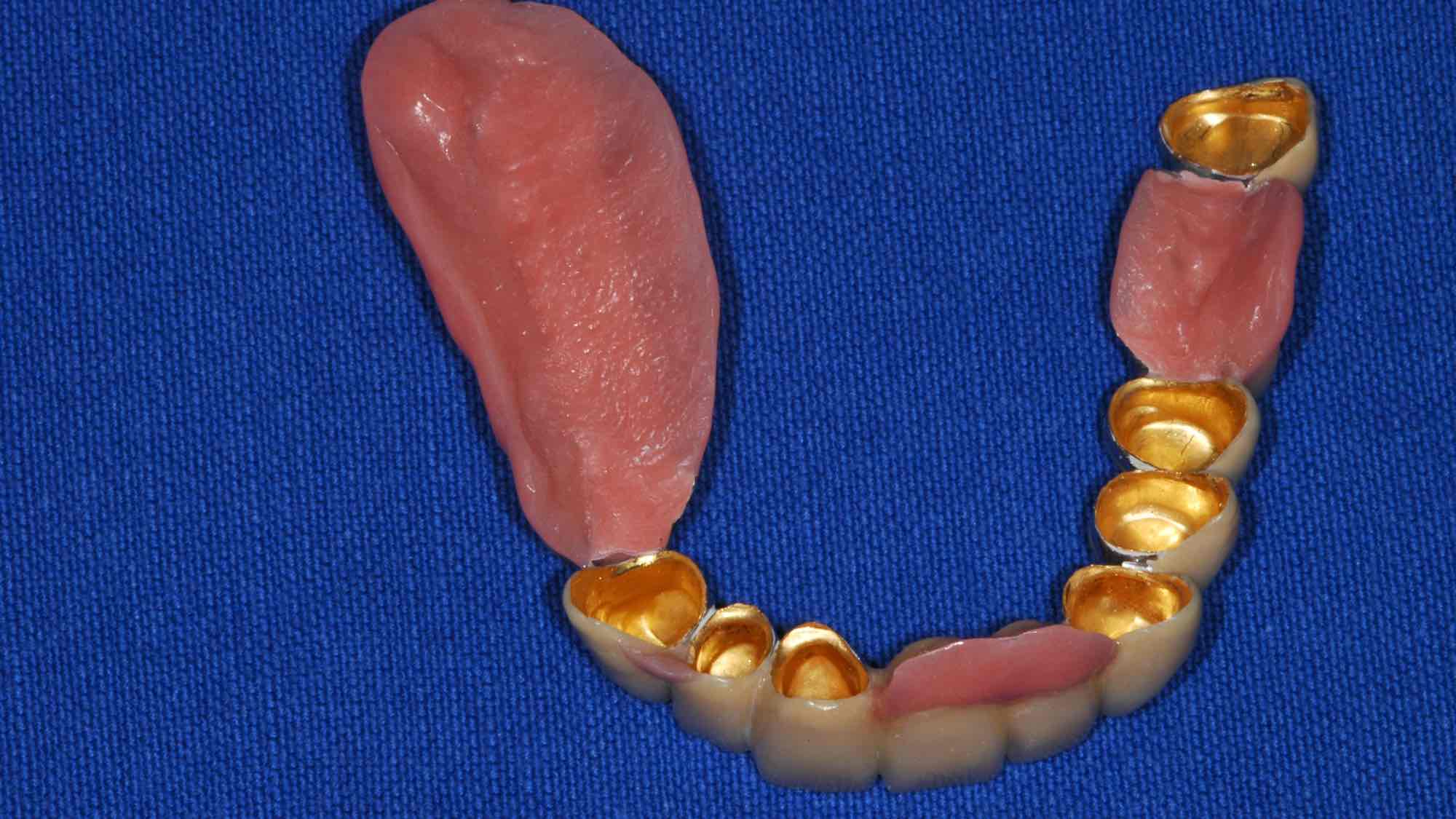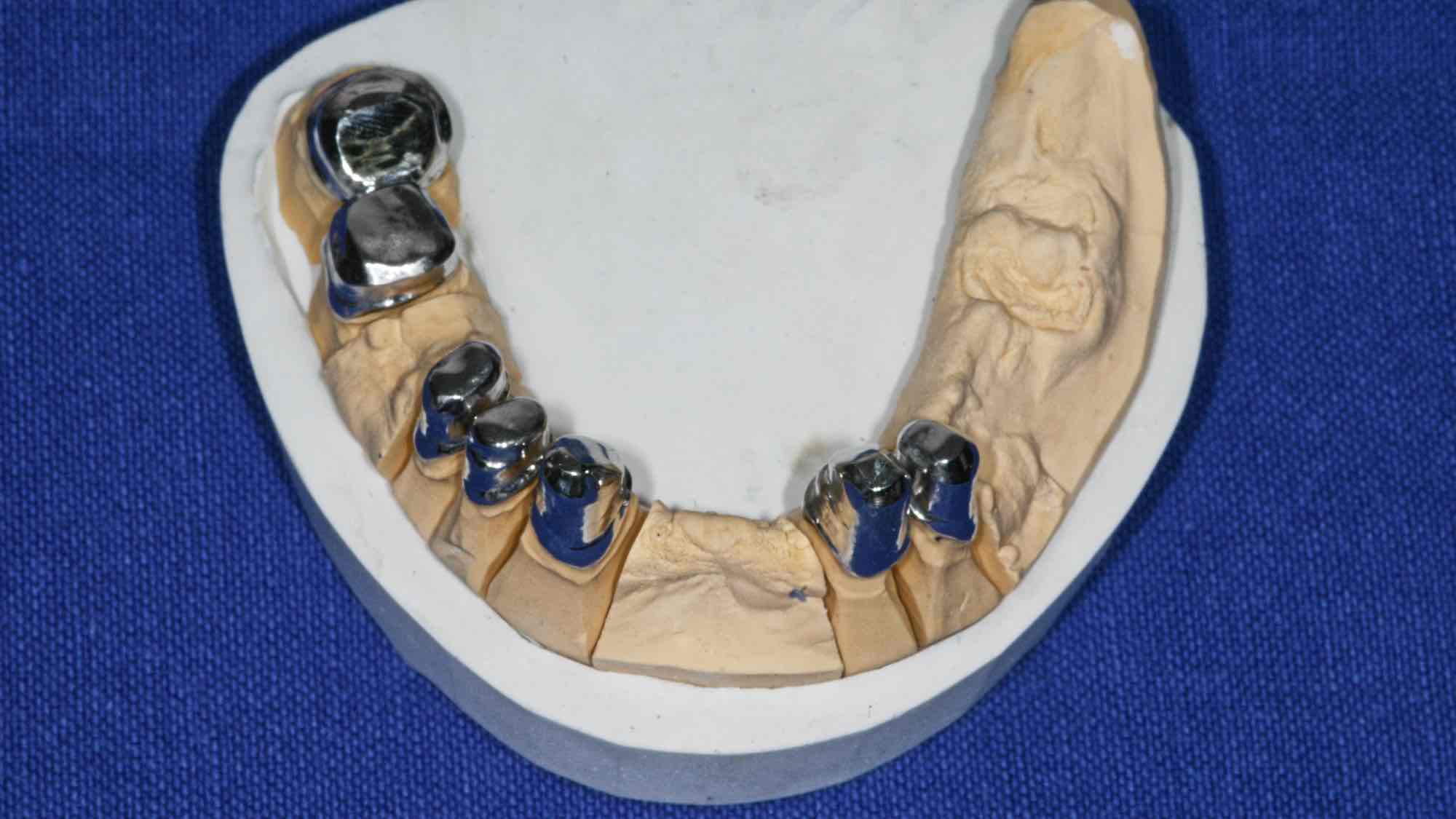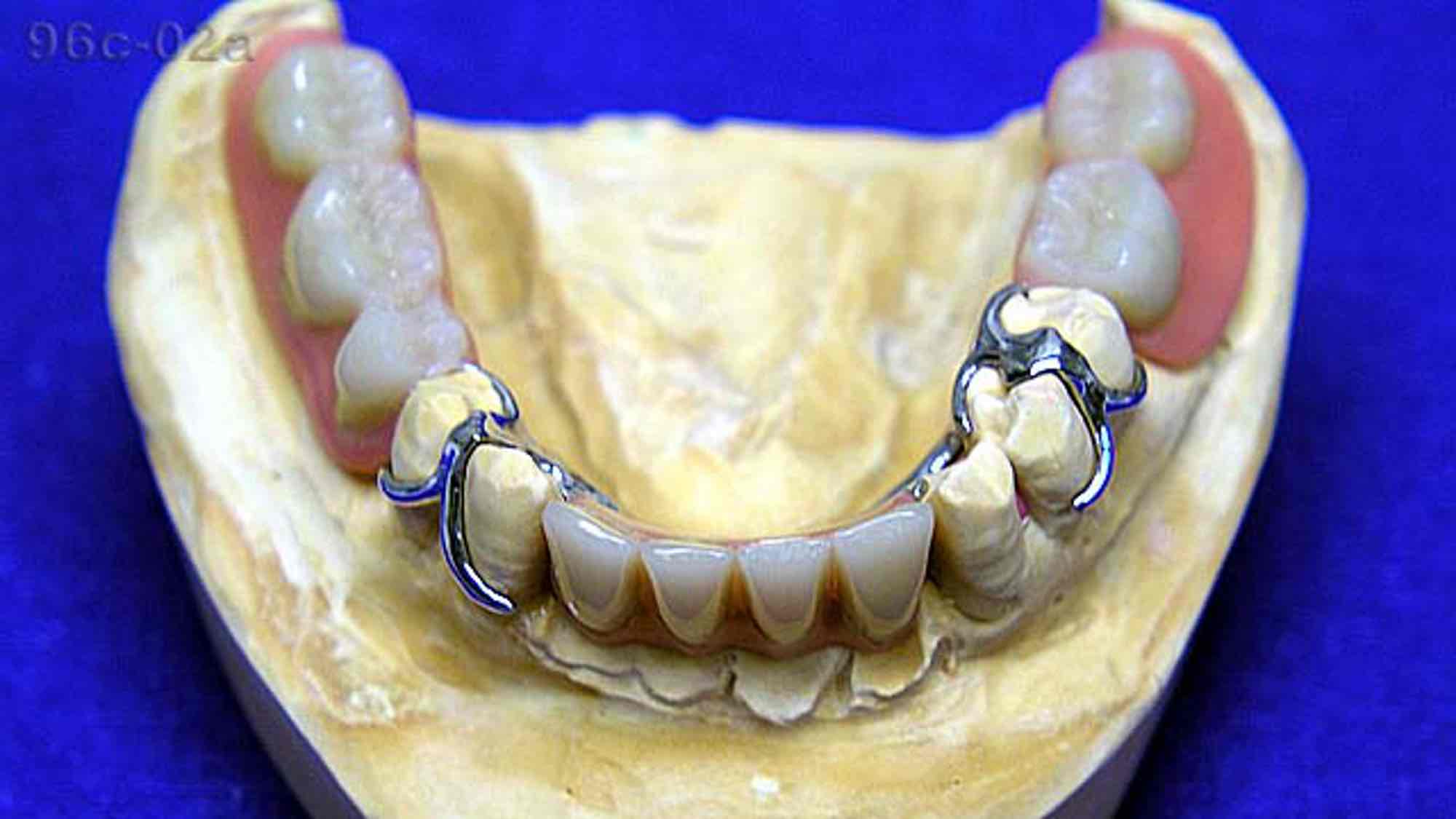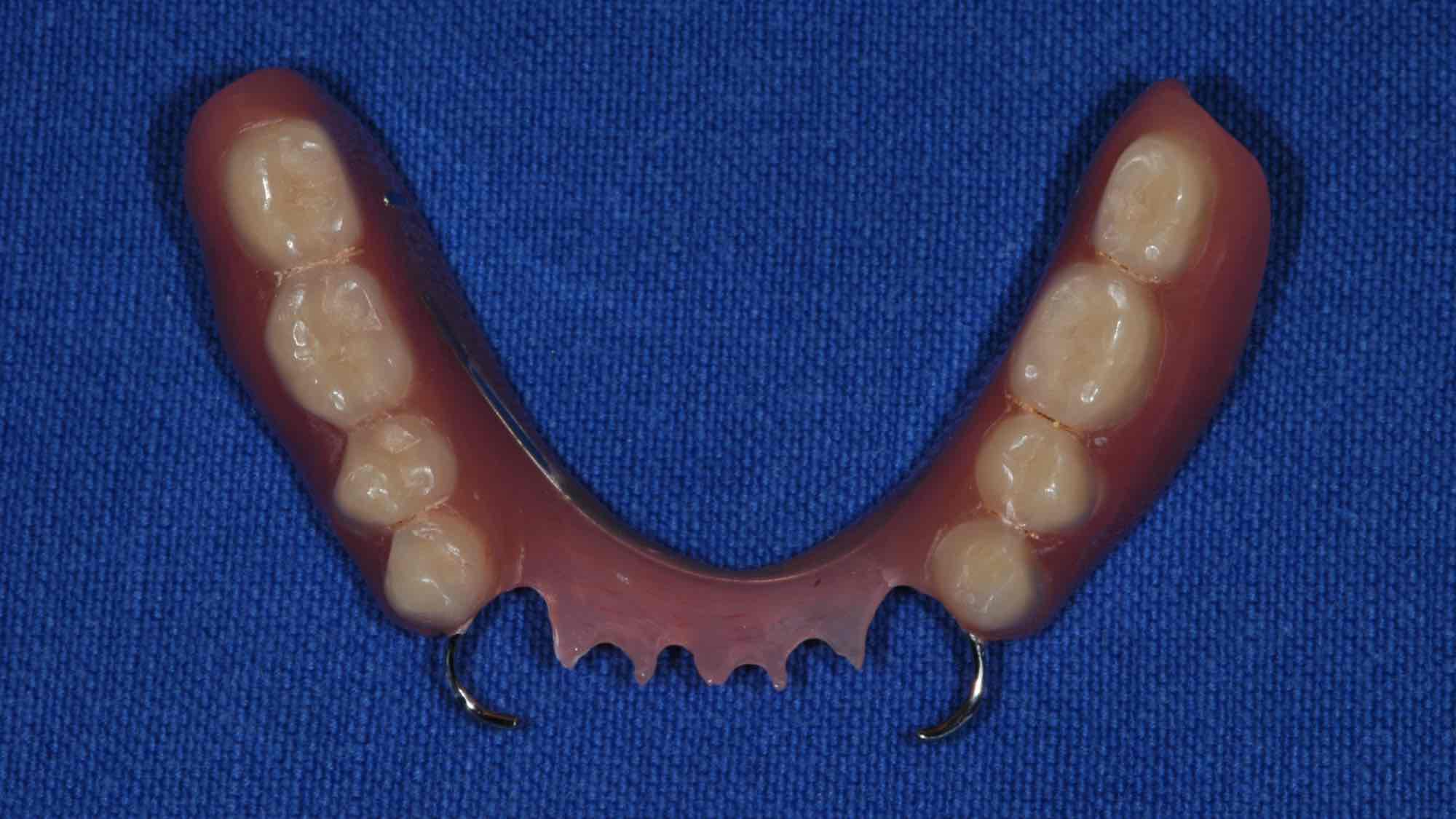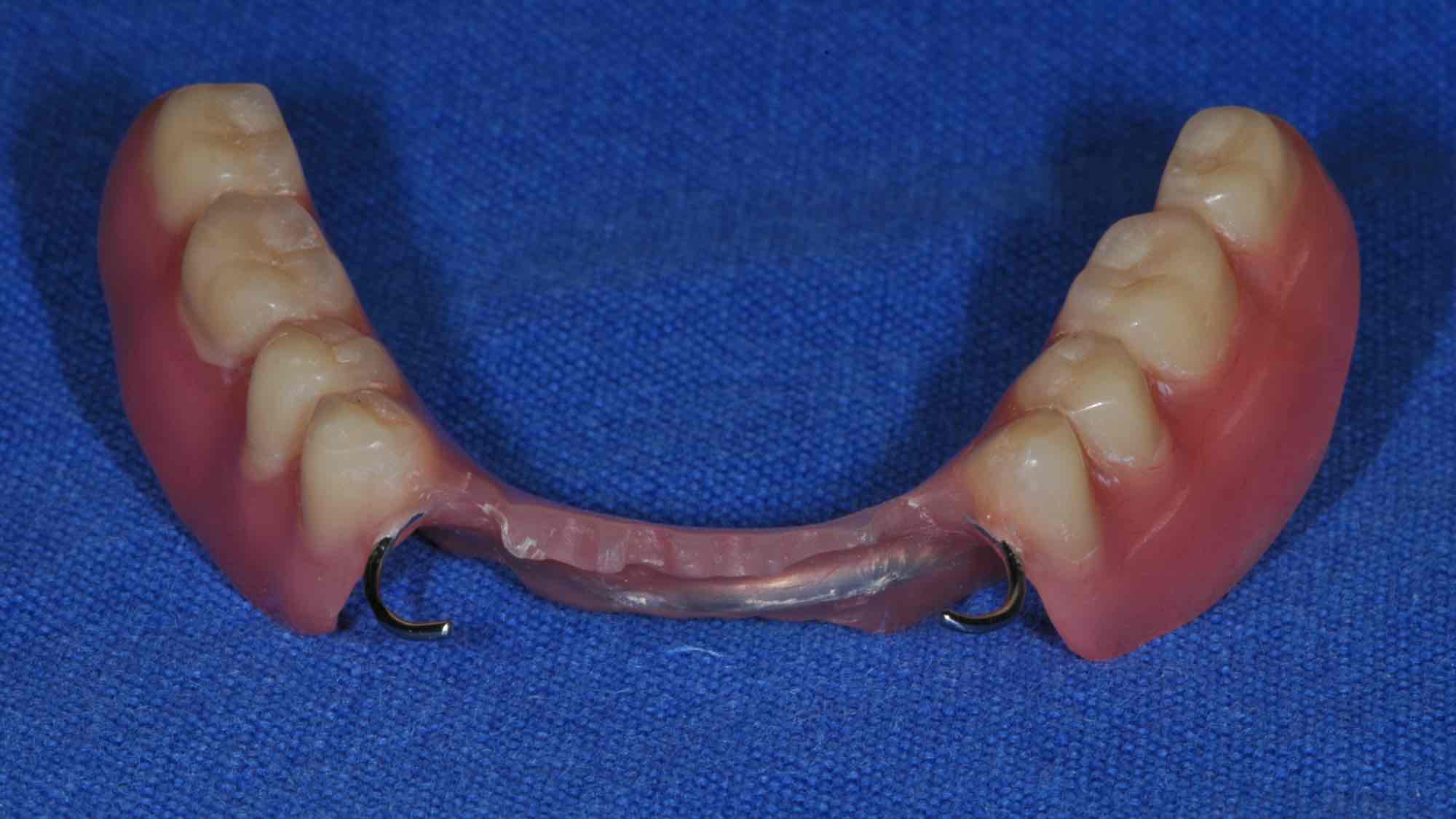Dental prostheses
Oh dear… what have I gotten myself into!!! You could write thick textbooks with hundreds of pages on this topic and still not do it justice! Nevertheless… here’s an attempt to give patients an overview of the topic of “dental prostheses.”
The word “prosthesis” always implies a dental prosthesis that can be removed by the patient. In contrast, bridges (almost always) and crowns are fixed dental prostheses.
Prostheses are always used when teeth are missing and the natural dentition is no longer sufficient to ensure chewing function, speech formation, and aesthetics.
The spectrum ranges from the simplest plastic prostheses to implant-supported systems. To give you an idea: we’re talking about everything from toy cars to race cars.
Types of Dental Prostheses
Full dentures replace all teeth in one or both jaws. Not entirely true, because wisdom teeth (the 8s) are not replaced. Typically, this means all teeth up to and including the 7th. Therefore, when we have a full denture in the upper and lower jaw, we refer to it as a 28th denture. In some cases, e.g., with a very delicate jaw, only the 6th tooth is replaced, because otherwise we would only cause unnecessary problems (I won’t go into that now).
To be clear from my 45 years of active dentistry: the 28th denture is not a craft, like much else in dentistry. The 28th denture is pure art. It can be relatively simple or extremely challenging. Factors such as how much bone the jaws still have, what the jaw relationship is, what type of saliva predominates, and, last but not least, what the patient’s aesthetic requirements are.
A quick note about saliva: we have serious, watery saliva, which serves to infuse food into the mouth, thus initiating the first phase of digestion. In contrast, mucous, slimy saliva coats the entire mucous membrane and protects it from drying out.
This mucous saliva is the perfect base for the denture. The denture absorbs very well, and there are hardly any pressure points. If the patient has too little mucous saliva, the denture no longer holds properly, and pressure points repeatedly appear, something we dentists can’t really prevent. Unless we bring implants into play.
This change in saliva occurs, for example, through aging, medication, or even processes that we don’t yet fully understand.
Once again: the 28th denture is pure art! Period!
If teeth are still present, simple plastic dentures can be made, which are usually “attached” to existing remaining teeth with hand-bent wire clasps. Between you and me: this works for a short interim period, but no one will be truly happy with it.
If the patient still has strategically well-placed remaining teeth, a model cast denture can be made. This has a steel framework, and the clasps that rest against the remaining teeth are cast in steel. The costs are relatively low. However, only a small proportion of patients can accept such a solution in the long term. Aesthetically, this type of denture can also be classified as “rustic.”
This is where combined fixed-removable dentures come into play. Crowns, bridges, telescopic crowns, etc., are attached to the remaining teeth or implants, with anchoring mechanisms for the removable part attached, such as telescopes, attachments, or bars. With these types of dentures, we can create very solid and very durable reconstructions. Some of my patients have had their dentures in their mouths for 40 years. It’s worth noting that in the long run, telescopic dentures are the most durable option. But they’re not a cost-effective investment at the beginning… you have to be aware of that.
I won’t go into the other dentures here, mainly because we can cover 99.99% of all cases with the versions mentioned.
Care of dental prostheses
The most important information is: Never place dentures in water containing “care tablets.” This will make the plastic microscopically rough and porous, resulting in an unpleasant odor.
There are special denture brushes that won’t damage the plastic. These should be used with liquid soap or dish soap. Never use toothpaste, as the abrasive particles in the toothpaste (pumice powder) will cause further surface damage.
It’s important to know: The denture is only removed for cleaning. Otherwise, it stays in your mouth, even overnight!
In addition, please have your dentures checked twice a year. And remember: the dentures don’t change, but your jaw will change over time. This may require relining. If you still have remaining teeth, you should combine the check-up with a prophylaxis session.
If you are careless with denture care, unpleasant things like bad breath and fungal infections can occur, all of which are unnecessary.
Finally…
Dental prostheses make it possible to restore quality of life and self-confidence despite tooth loss. The selection of the appropriate denture type depends on many factors – including the number of missing teeth, the condition of the oral mucosa, bone structure, and individual preferences. Regular care and dental checkups are essential to maintain function and aesthetics in the long term.
If you don’t want dentures, please start regular professional preventative care from a young age. This will put you on the right track!
Author: drw
Here are some links for further research
Example of a full denture in the upper and lower jaw.
This is a customized full denture for the upper jaw. The ceramic teeth were refired to create the appearance of smoker’s stains and small caries lesions. Finally, we added two gold inlays. This denture for a 60-year-old looks so natural that you’d never guess it was a full denture.
A telescopic prosthesis with galvanic telescopic crowns. The model shows the so-called primary telescopes, which are firmly attached to the teeth.
A cast denture. The cast clasps are clearly visible.
A simple plastic denture with a steel reinforcement to prevent breakage. The clasps are hand-bent.


